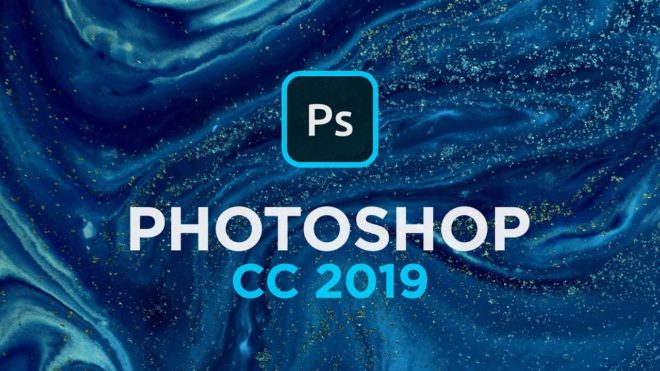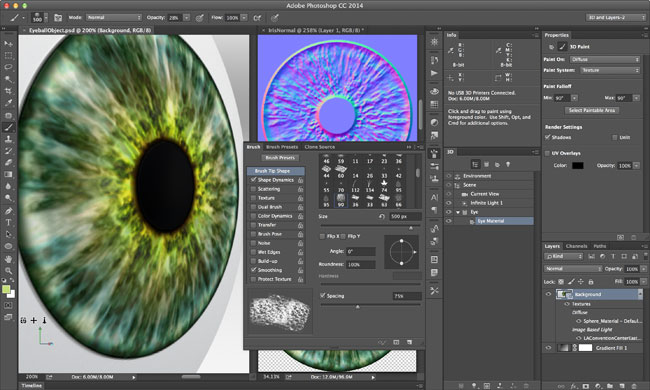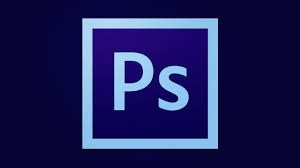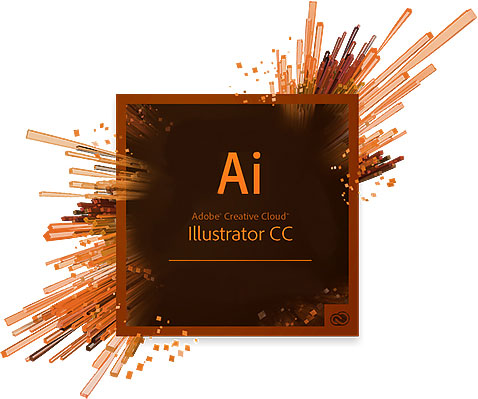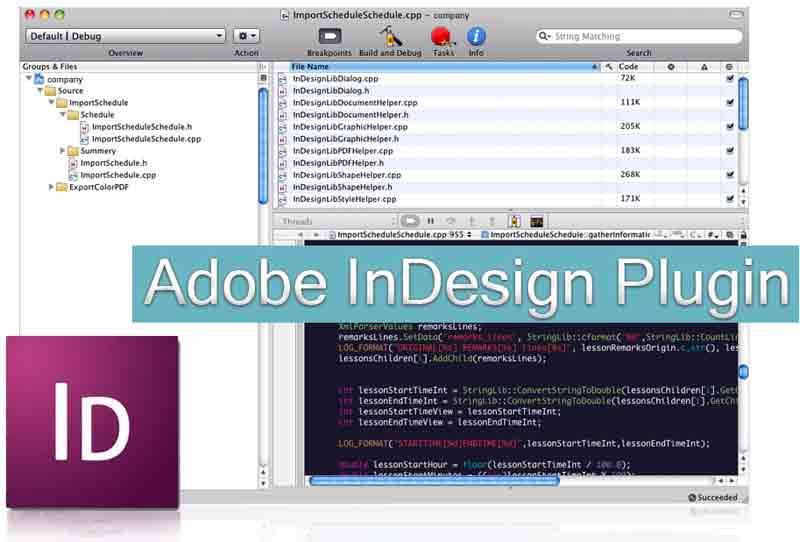What’s New With Photoshop CC 2019
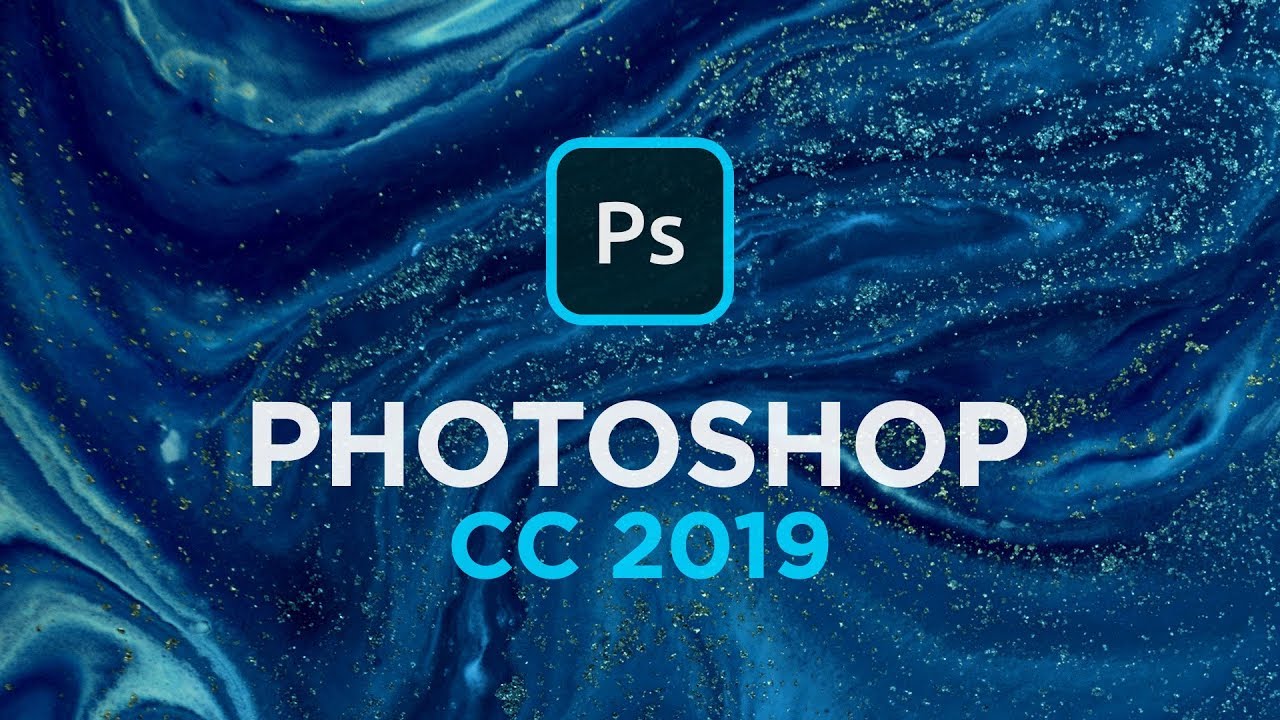
The 2019 release of Photoshop CC brings a raft of brand-new and better functions that will improve the way you work with images. It also consists of some user interface changes that bring it into line with other applications, and which may consternation at first– up until you realize that they represent a more rational way of working.
Content-Aware Fill
The Content-Aware Fill dialog gives you the ability to patch a choice with texture found close by in the image. On celebration, this can lead to the incorrect location of the image being sampled– as in this example, in which I want to remove the Motel indication from this scene. Choosing it and utilizing Shift-Backspace to open the Fill dialog uses the old method, which results in parts of the structure being utilized to fill the area:
This is clearly unsuitable for the scene. If you rather select Content-Aware Fill from the Edit menu, you’ll now exist with a new dialog. Here, you can paint out the locations you don’t desire consisted of in the fill, which enables you to get rid of that structure from the location under factor to consider. This features a live preview, so you can see the modifications made to the end result as you paint out unwanted regions:
The dialog likewise includes the alternative to produce mirrored, rotated and scaled fills, all of which were formerly impossible. So when eliminating the hands from this clock, for instance, we can pick a Rotation Adaptation approach (there are several degrees offered) to permit Photoshop to patch the missing areas more appropriately:
You can also now pick to output the spot to a brand-new layer, which makes it possible for non-destructive modifying for the first time.
Frame Tool
A completely new function is the ability to convert any shape into a ‘frame’, by right-clicking its name in the Layers Panel picking Convert to Frame from the contextual menu. You can now occupy that frame by dragging any image into it from your desktop, and it will be automatically scaled to fit. You can likewise convert a text layer into a frame, enabling you to fill that text with texture or images faster than was previously possible.
Mix Mode sneak peeks
Photoshop includes a big and in some cases bewildering range of layer Blend Modes, often with such impenetrable names as Linear Light and Hard Mix. Now, you can sneak peek each mode by rolling over it, without having to apply it initially. This is particularly useful for jobs such as applying a new sky to an image, where different mix modes can produce a range of subtle impacts:
Layer alignment
Photoshop has long had the capability to line up and distribute layers, which is of specific advantage to web and interface designers. Now, you have the ability to distribute objects of different sizes properly, by evening out the space between those items.
Here, the leading three buttons have been picked and, in the center variation, aligned to produce equivalent spacing in between them. However note that in order to do this they have actually needed to be converted to Smart Objects first, so that each button and its associated text is essentially a single item; otherwise, Photoshop will misunderstand the positioning treatment, and will line up all the things improperly– as can be seen in the bottom example.
Changes to Undo
To bring Photoshop into line with basic working practice in other applications, utilizing Command-Z or Ctrl-Z consistently will step back through the history, rather than toggling the last reverse backward and forward as was the previous habits. You can still toggle, by holding the alt/option secret too. This will certainly perturb die hard users, however it does make good sense. By way of payment, the Undo and Renovate items in the Edit menu now correctly inform you what you’re going to undo or renovate when you choose it.
Text Tool modifications
In every version of Photoshop to date, you have actually had to hit the Go into essential to apply a text change. Now, you just click away from the challenge use the modification. Many users will, however, value the truth that you can now modify a text object by double-clicking it with the Move Tool, rather than needing to choose the Type tool initially.
Dragging with the Type tool to produce an area type box will now by default fill package with sample sanjay jain- however it’s simple to just delete this if you don’t desire it, and there’s a Preferences checkbox to switch off this function if you never wish to use it.
Free Transform changes
Similar to Text layers, clicking far from an item while in Free Transform mode will now dedicate the change. While this makes sense for text, it can be disconcerting when you’re turning a layer, as you can now do so just when the cursor is close to a corner; move it more than an inch or two away, and when you attempt to drag you’ll find you leave Free Transform. When once again, this behavior will be unnerving at first, especially for users who are used to moving the cursor a long method away in order to produce small-increment rotations. You can still do this, nevertheless, by clicking near to the things and then dragging away while rotating.
When scaling text or pixel layers, you have actually previously had to hold the Shift key in order to preserve percentages. Now, proportions are maintained as a default, and you hold the Shift secret to unconstrained that include. Again, this will take some getting used to; but again, for most of users, who constantly wish to keep layers in the same proportion when scaling, this will be a simpler method of working. When scaling other layers, such as shapes, the old habits is kept.
If you drag a side manage when changing a text or pixel layer, you’ll now scale it in proportion; once again, hold the Shift key to scale it non-proportionally.
The center marker that appears when you utilize Free Transform is now hidden by default, as it appears some users were unintentionally dragging it when they indicated to move the layer. For those who use it frequently– it’s especially helpful to be able to move it when scaling an item towards the center– it can be shown once again via an option in Preferences.
You can now use easy math in number fields– so if you want to make a layer exactly one-third of the width, for instance, you can type “100/3%” in the Width field.
Best of the rest
Brush Symmetry is now officially out of ‘tech preview’ mode, enabling you to mirror brush strokes across a series of pre-programmed axes. A brand-new House button opens the opening screen you see when no windows are open, even when you already have open files– a fast and beneficial method to access your recently-used files. (You can still disable the Home Screen if you want.).
Animated pop-up help now shows each tool in action, so you can get a better concept of what each tool does prior to you choose it:.
If you have layers with long names, they’re now truncated in the middle instead of at the end, as was the previous approach. So if you have layers named “My positioned business logo design blue” and “My put business logo green”, these will be truncated to “My put co. y logo blue” and “My placed co. y logo green”, instead of both being called “My placed company log …” as was formerly the case.
Speed Improvements.
Photoshop CC 2019 likewise includes some speed bumps, with tools such as Select Topic and Export As carrying out considerably quicker. On Windows devices, start-up time is now nearly as fast as on a Mac.

